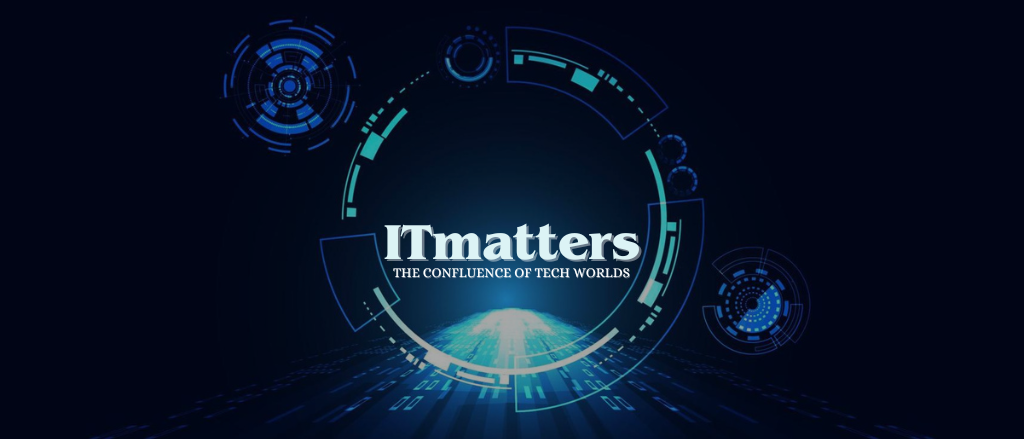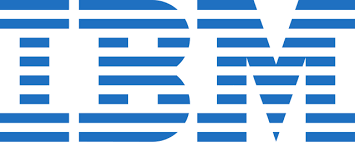A New Chapter in AI-Powered Computing
IBM has officially announced the launch of its new z17 mainframe, a bold step into the age of AI. While mainframes may seem like legacy tech, they continue to play a critical role in global business operations — used by 71% of Fortune 500 companies. The z17 brings a modern twist, blending the stability of mainframes with the intelligence of advanced AI tools.
This isn’t just an upgrade. It’s a shift toward the future of enterprise computing, where artificial intelligence is at the core.
Built with AI at Its Heart
The z17 is powered by the IBM Telum II processor and is designed specifically to handle the demands of AI at scale. With the ability to process 450 billion inference operations per day, it offers a 50% boost over its predecessor, the IBM z16.
It supports over 250 AI use cases. From conversational agents to generative AI models, the z17 has the hardware muscle to deliver real-time intelligence — all within a fully encrypted system.
IBM has also integrated support for open-source tools and cross-platform hardware. That means it can work smoothly alongside existing enterprise systems without disruption.
Five Years in the Making, Right on Time
What makes this launch even more fascinating is that IBM started developing the z17 well before the recent AI boom. The project kicked off five years ago, long before ChatGPT became a household name.
Tina Tarquinio, VP of product management for IBM Z, shared that over 2,000 hours were spent gathering feedback from more than 100 customers. The insight gained early on aligned surprisingly well with today’s AI trends.
It turns out IBM had a vision before the world caught up — and now that vision is reality.
Designed for What’s Next
The z17 is ready to grow with the future of AI. It includes support for 48 IBM Spyre AI accelerator chips, with plans to double that to 96 within a year. These chips provide the horsepower needed for larger models and more memory-intensive applications.
IBM has purposefully built this mainframe with flexibility and scale in mind. As AI models become more complex, the z17 will be ready to handle them without skipping a beat.
Tarquinio emphasized the system’s ability to adapt. “We’re building in headroom,” she said, referring to the extra capacity for future AI models and workloads.
Powerful Yet Energy Efficient
Another standout feature of the z17 is its energy efficiency. IBM claims it uses five and a half times less energy than similar AI accelerators while delivering seven and a half times more AI acceleration on-chip.
In a world increasingly concerned with sustainability, this makes the z17 an appealing option for enterprises looking to adopt AI responsibly.
So, not only is the z17 powerful — it’s greener too.
Why the z17 Matters
For many, “mainframe” might sound like a thing of the past. But in today’s enterprise world, it’s the silent workhorse behind global banking, insurance, and retail systems.
With the z17, IBM is rewriting the mainframe’s role — turning it from a reliable backend machine into an AI-first innovation hub.
It’s a bridge between what companies already trust and what they need to embrace next.
Availability and What Comes Next
The z17 mainframe will be generally available starting June 8. As AI continues to reshape industries, IBM aims to be at the center of that transformation with hardware that’s secure, scalable, and future-ready.
This launch signals a major move in the tech world. It proves that mainframes aren’t fading — they’re evolving.
And with IBM at the helm, the future of enterprise AI looks both powerful and promising.







Leave a Reply